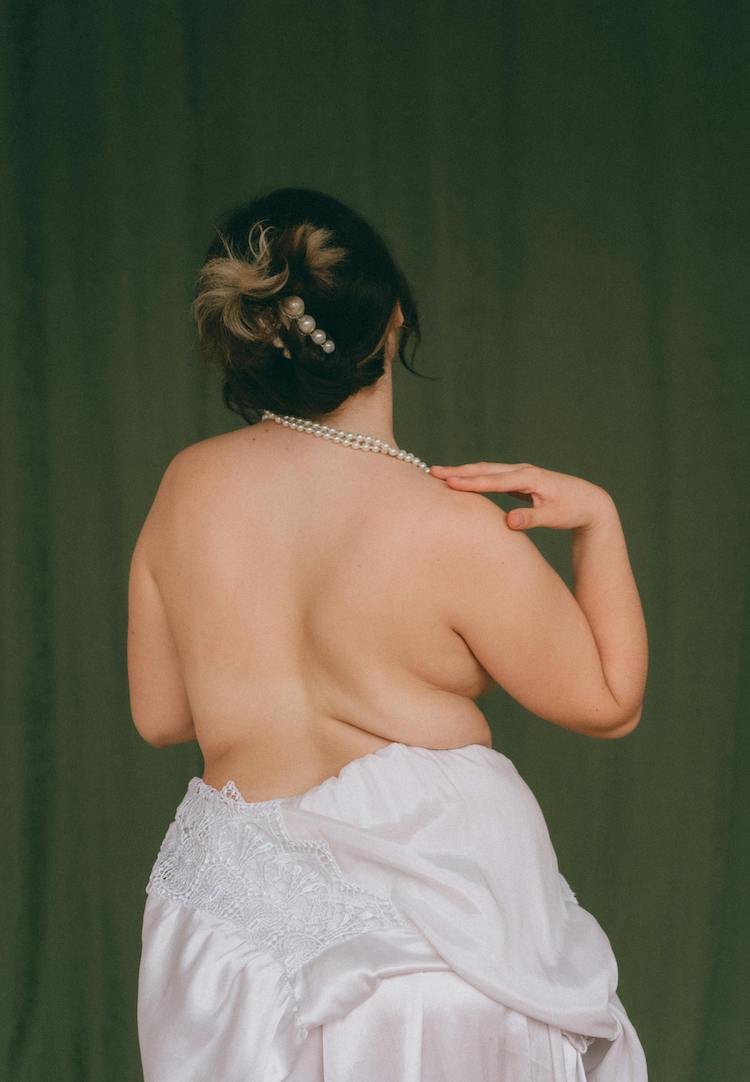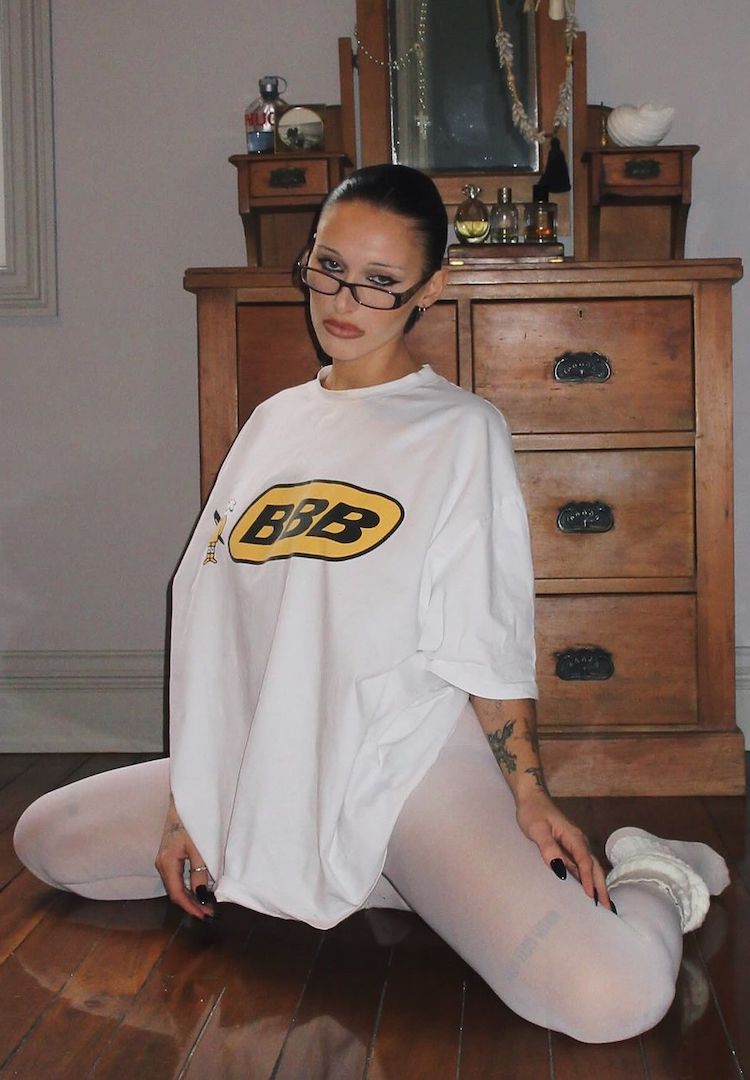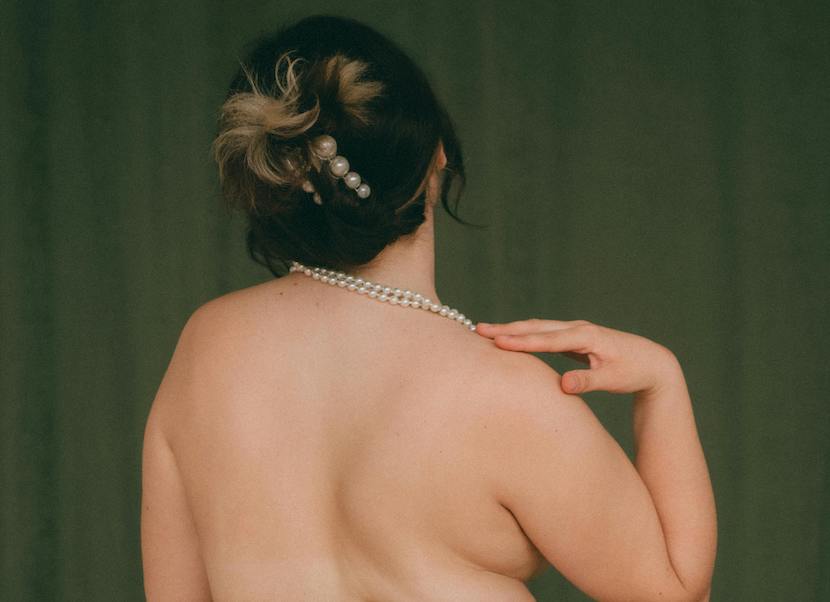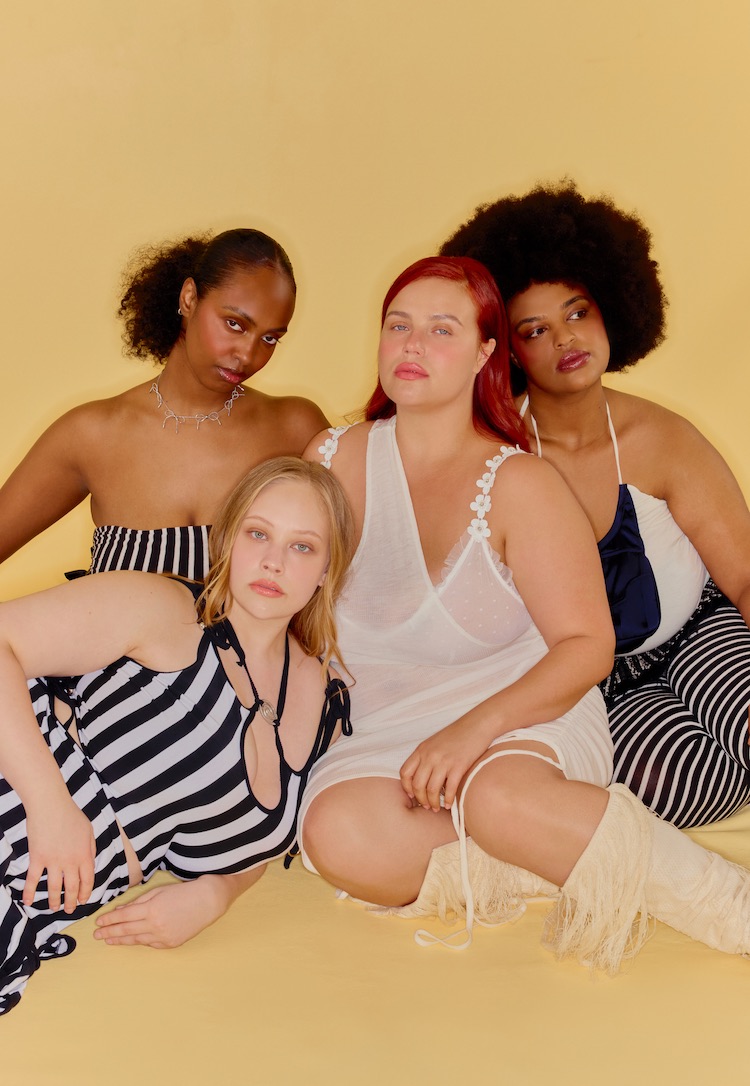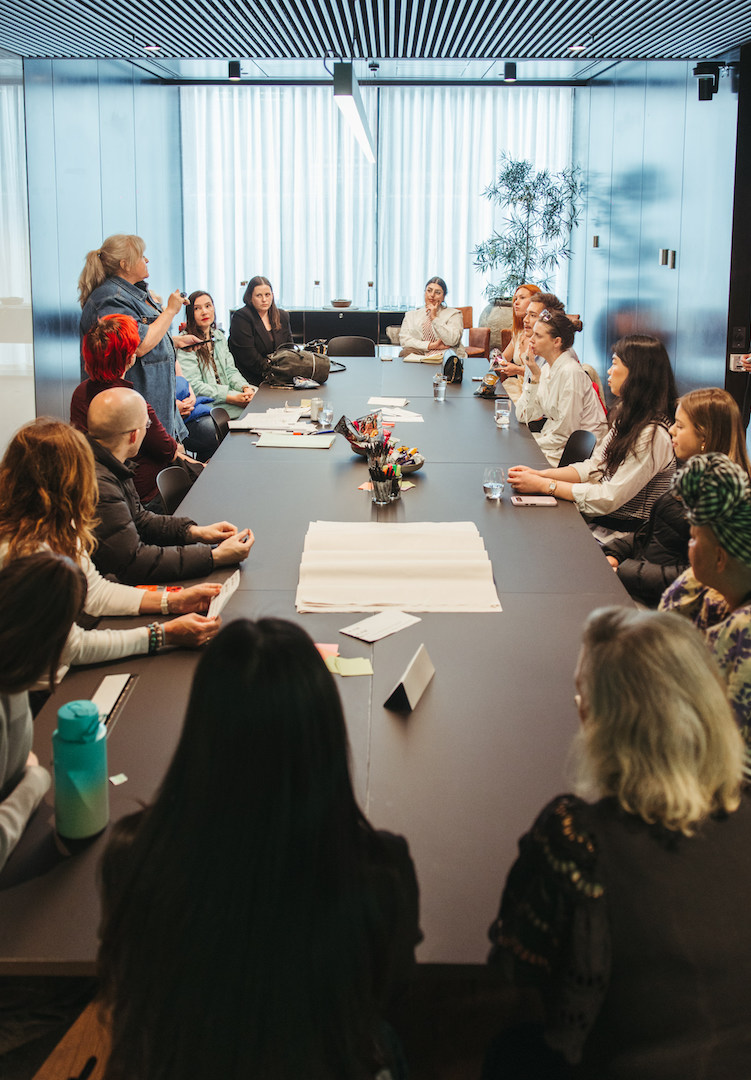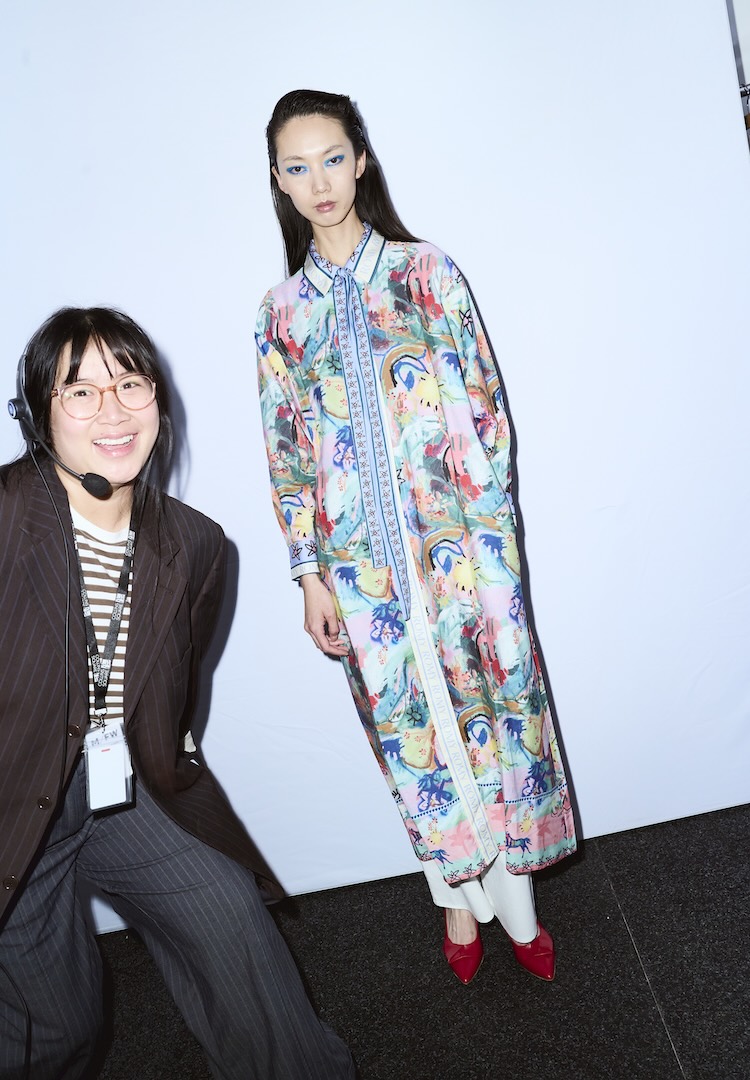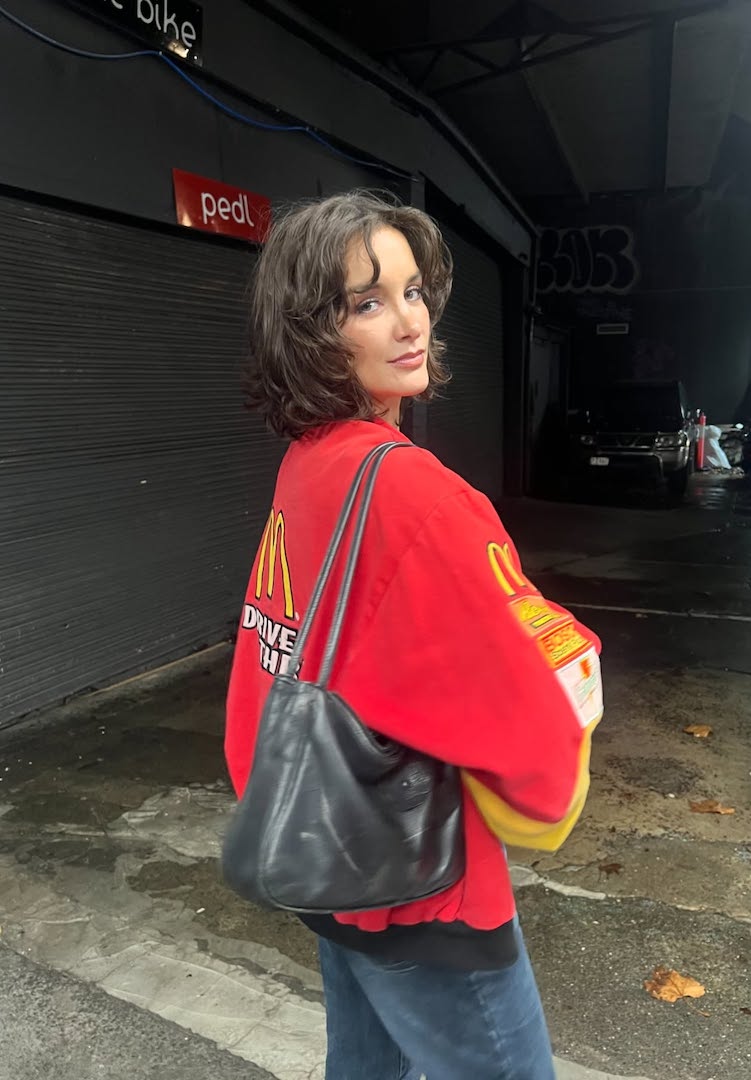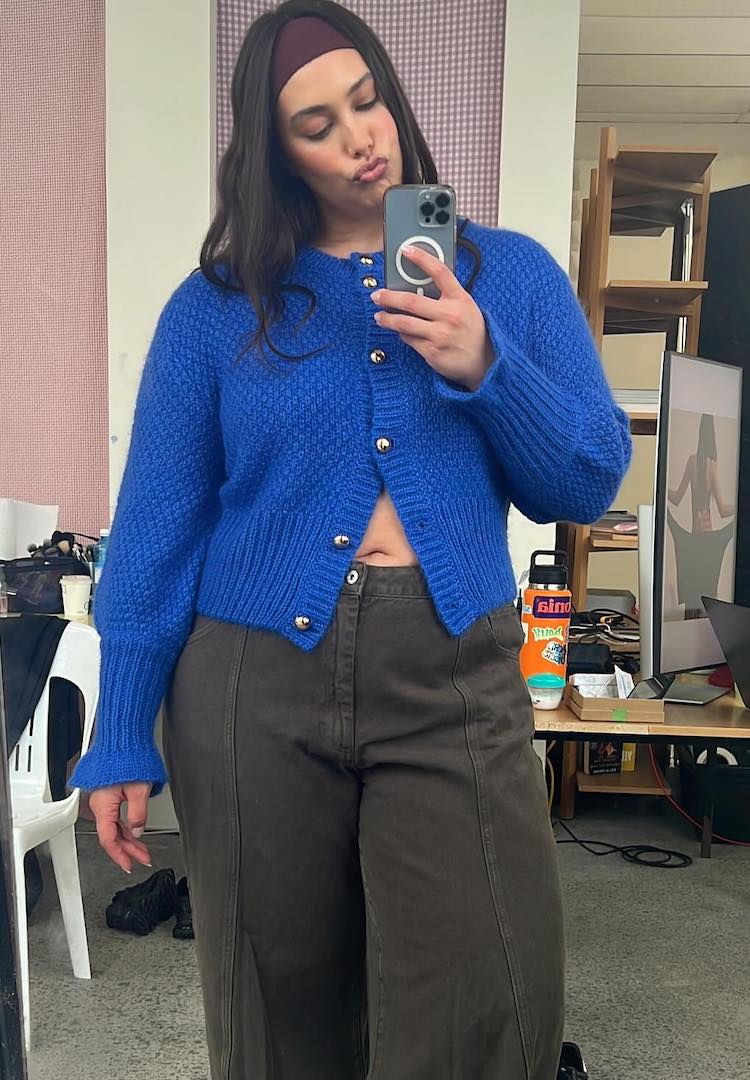Why we’re seeing less size diversity in fashion
WORDS BY BIANCA O’NEILL
“The drip-feed of body positivity in the fashion industry is alarmingly slow in terms of progress.”
As much as the fashion industry relies on the constant flux of trends to push forward into new spaces, there’s one thing that appears to remain the same – its penchant for thinness. During the pandemic and at the height of the #metoo and #BLM movements, rapid social change appeared to push the body diversity agenda. Runways were decidedly diverse, and brand size diversity declarations were all the rage.
But sadly, it seems the push was just another fad, as reports from Vogue Business earlier this year show that we’re sliding backwards into our old ways, propelled along by Miu Miu’s vision of the waifish 2000s girl in her ultra-mini, low-waisted skirt. There’s a lot to say about why the fashion industry finds it difficult to really commit to body diversity across the board.
For more fashion news, shoots, articles and features, head to our Fashion section.
Much of our own internalised fatphobia is rooted in factors that equate thinness to virtue, success and ambition – and of course, health (even though recent research has shown that being underweight carries a higher risk of mortality from heart disease than being obese).
In order to reverse our digression into the thin-obsessed dark days of the 2000s and push forward into a size-neutral future, we have to change the current cultural conversation. So, how do we change it? The answer is more complicated than you might think. But first, we have to dive a little deeper into the machinations that enable that conversation to thrive.
A quick dive into fashion’s history of #thinspo
As any observer of historical art could tell you, our obsession with thinness is actually a relatively modern body ideal. Society’s romantic penchant for soft, curvy bodies rapidly changed after the Industrial Revolution delivered a lifestyle free of hard labour, and a media frenzy over the ‘obesity epidemic’.
The thin, lanky bodies of the roaring ’20s morphed into the waifish era of the ’60s, followed by ’90s heroin chic and now, the modern Ozempic era, with little respite (although the ’40s and ’50s saw a quick resurgence of curvy ideals hot off the heels of pinup girls like Marilyn Monroe).
An overwhelming Western cultural narrative emerged in the 20th century. It was one that equated thinness with success, and fatness with failure – and women’s magazines happily followed suit. As far back as 1897, an issue of Harper’s Bazaar described excess weight as a “crime” and “deformity”.
Recent years have seen some small progress towards a more body-positive approach within fashion and the media. But even when the industry is trying to be supportive of the body positivity movement, they expose their own internalised fatphobia. Chatting recently with Melbourne-based model Jazz Bell, who swapped from straight-sized modelling in her twenties to mid/plus-sized modelling in her thirties, it’s clear the industry still isn’t quite as committed as it seems to the transition into broader size diversity.
Although Jazz acknowledges progression in recent years for the cause, she tells me about how ‘plus-sized models’ – usually a size 12 or 14 – used to be encouraged to wear padding as part of the standard industry kit in order to produce the perfect ‘plus-sized’ shape. It was a shape that ensured a size 12 set of arms, thighs and waist was depicted with added curve padding to bring the clothing size up to a 16 or 18.
And now? Vogue Business’ 2024 Size Inclusivity Report sadly showed that our hard-won gains during COVID-19 have slipped backwards. We’re now officially in the post-Ozempic era – so when people are losing weight easier than ever before, what does that mean for the body diversity movement?
Is our obsession with thinness psychological, or cultural?
Why do we obsess over thin bodies? After all, thinness wasn’t historically always the ideal. Recent research shows that we alter our perceptions of what body type is ideal based on what we see in the media. A sample study that exposed young women exclusively to thin body types saw their perception of an average body change. After this repeated exposure to thinness, they saw the average body as overweight. This perception was heightened when the thin bodies presented to the participants were also portrayed as successful or rich.
In the end, it’s a psychological mindset upheld by the prevailing cultural cycle; the more we elevate thin women to positions of status or show them in elite roles within the media, the more we perceive successful women as being thin. That’s to say according to these psychological studies, more body diversity and representation will change our own feelings of insecurity about our bodies. And quite quickly, too.
But that’s about changing the established power structure. People at the top (who are usually part of the hard-earned skinny club), won’t relinquish that power easily. “It’s not just fashion,” says Jazz. “If you look at the trending cool girls or actors, there’s no one standing out [in a larger size]. If I asked you your fashion-forward curvy or plus[-sized] girl at the moment, who would you think of? Even most celebrity trends are for the Hailey Biebers or the Kardashians [of the industry].”
But, as Jazz points out, the discussion around the ‘perfect runway’ or the ‘perfect media representation’ can be a slippery slope – who defines that? Who decides when we achieve that level of perfection? “What defines a perfect runway?” Jazz asks. “Is it an even mix of every diversity, age, size, everything?
“[There’s a] push for… let’s say, a ‘natural person’ or ‘natural body’ and ‘natural model’. That, to me, is such a hard word, because it’s like, there is no one ‘natural’ body. We have different sizes because we’re different. There’s a whole range.”
So, how do we change it?
It’s a big question and one which can’t be solved by any one method. The drip-feed of body positivity in the fashion industry is alarmingly slow in terms of progress – but on social media, there seems to be a more rapid shift towards body diversity.
But despite these social media-led gains, there’s frustration towards brands that seed products to mid or plus-sized influencers, but sometimes don’t even stock those larger sizes. In terms of media representation, it’s clear we still have a long way to go.
Red carpet wraps rarely feature more than one or two mid or plus-sized attendees, and the advertising is often very thin-centric. This lack of connection between success and larger sizes is damaging – and then there’s the endless Ozempic coverage.
I’ll leave it to The Oxford Scientist to eloquently express the connection between media coverage of Ozempic, and the potential harm on women’s physical and mental health. “The glorification of weight loss drugs in the media is a cause for concern,” says the outlet. “More broadly, off-label usage of Ozempic and Wegovy exacerbates the toxic diet culture… The usage of these medications solely for cosmetic purposes reinforces the message that everyone should strive for thinness and pursue this by any means, regardless of physical or mental harm.”
As Eva Wiseman wrote for The Guardian: “Did the body positivity movement have any impact? I wonder. If it failed, it failed because it never went deep enough – it put all responsibility for feeling that positivity on the individual, rather than interrogating the fatphobia, sexism, classism and racism that led to the often violent relationship that an individual had with their body.”
Do these ‘miracle drugs’ also offer happiness? Or are we simply trying to falsely equate thinness with some kind of glowing contentment? And who are we ‘getting thin’ for anyway? Suffering is surely not the path to nirvana.
If you’re struggling with body image issues or eating disorders, you can call the Butterfly National Helpline at 1800 33 4673 for free and confidential support, or email or chat with them online here.


